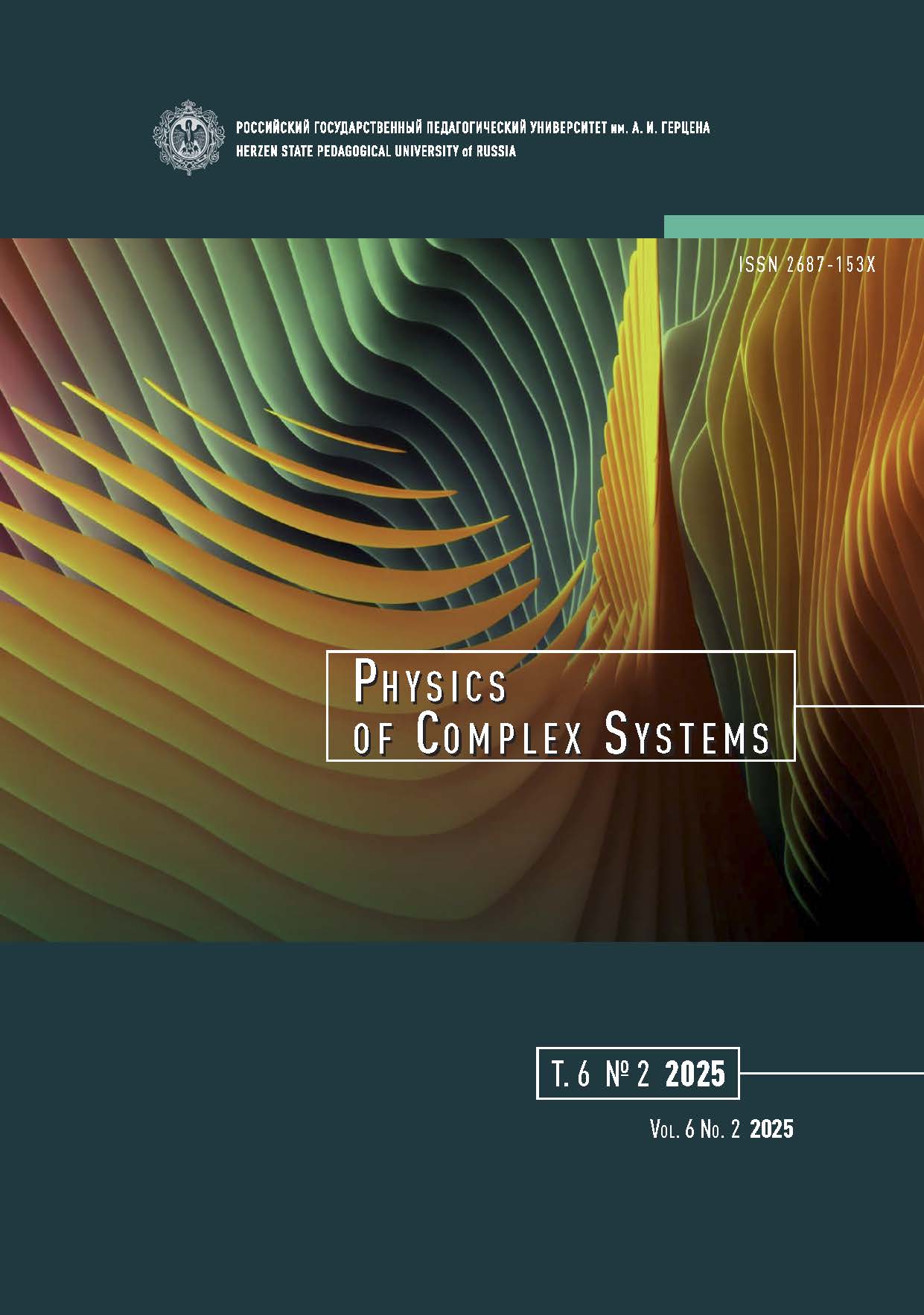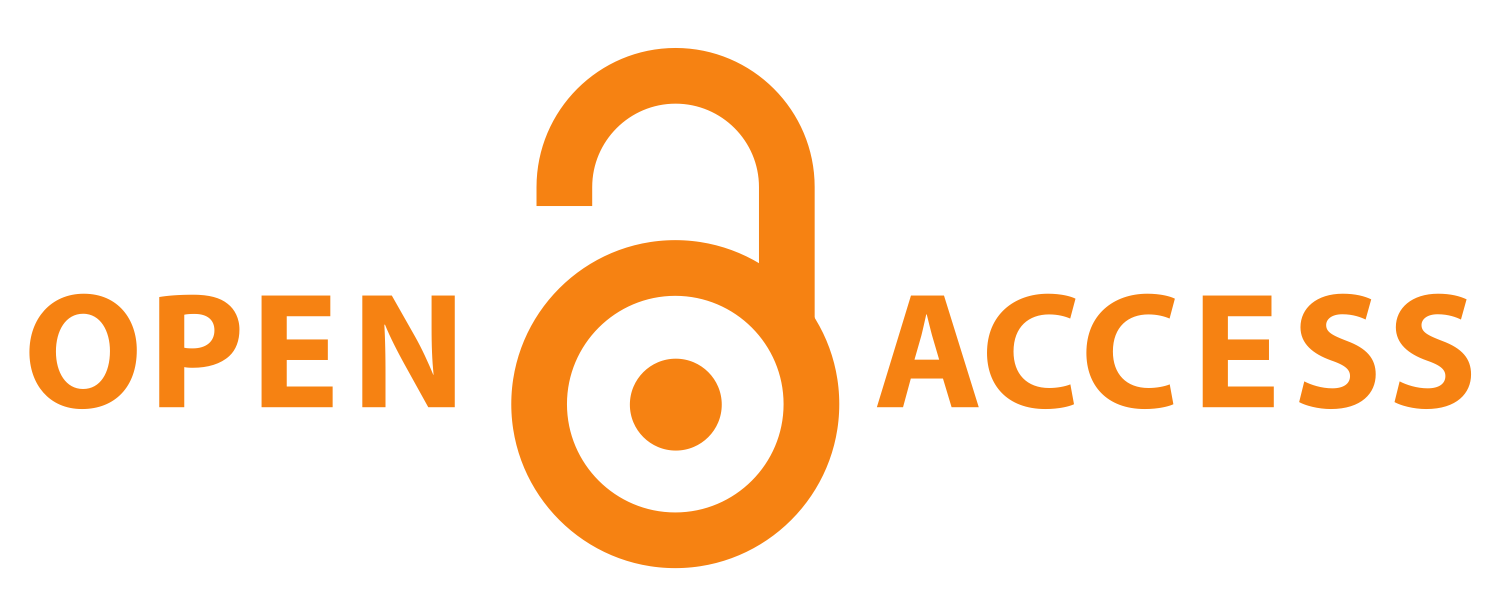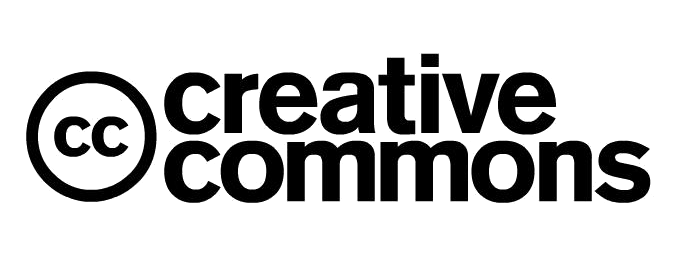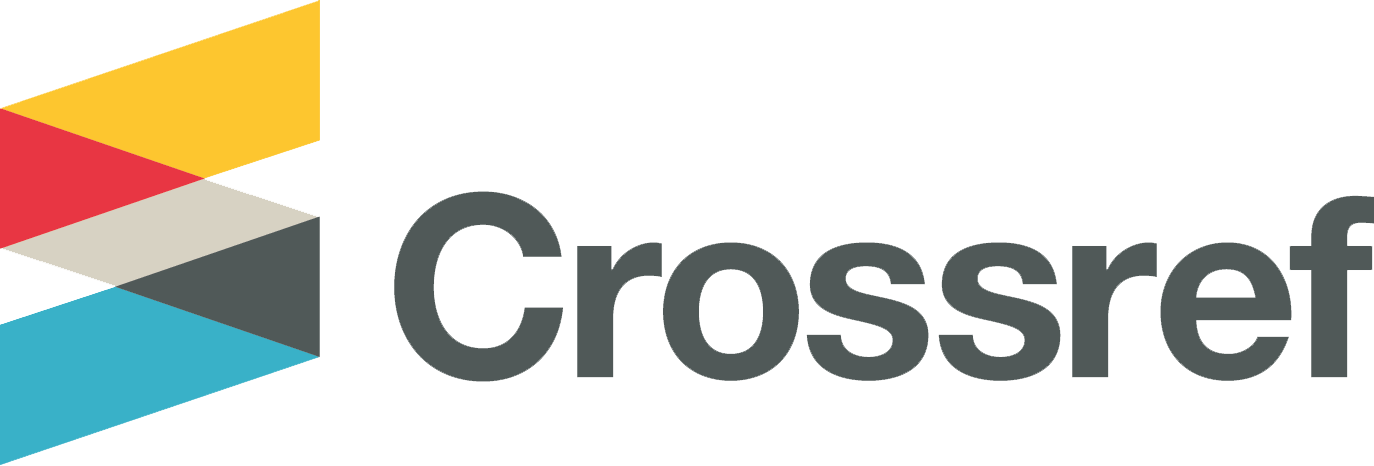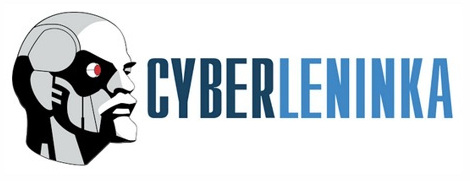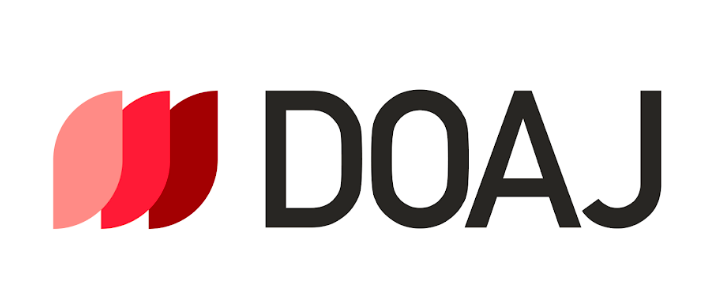Laser modification of PbSe chalcogenide films via LIPSS formation
DOI:
https://doi.org/10.33910/2687-153X-2025-6-2-87-92Keywords:
PbSe films, laser modification, optical characteristics, nanosecond laser pulses, laser-induced periodic surface structures (LIPSS)Abstract
The study investigates the laser modification of lead selenide (PbSe) chalcogenide films with the formation of laser-induced periodic surface structures (LIPSS). These modifications are crucial for enhancing the sensitivity of gas analyzers, particularly in detecting hazardous gases in various industries. The use of nanosecond laser pulses for film processing offers improved productivity, better reproducibility, and greater control over optical properties compared to conventional furnace annealing techniques. The formation of LIPSS under specific laser irradiation conditions leads to changes in the film’s optical characteristics, including increased absorption in the infrared (IR) range. Additionally, the study examines the dependence of the periodicity of these structures on the power density of the applied laser radiation. The findings highlight the potential of laser modification for creating new optical properties and developing innovative photonics devices.
References
Antipov, А. А., Arakelian, S. М., Zimin, S. P. et al. (2012) Laser formation of semiconductor coatings using droplet technology. Physics Procedia, 39, 401–408. https://doi.org/10.1016/j.phpro.2012.10.054 (In English)
Bonse, J. (2020) Quo vadis LIPSS? — recent and future trends on laser-induced periodic surface structures. Nanomaterials, 10 (10), article 1950. https://doi.org/10.3390/nano10101950 (In English)
Chourasia, R. K., Katti, A. (2024) Optical properties of symmetrical Bragg Fiber: Periodic structures. In: Bragg Fibers: From optical properties to applications. Cham: Springer Nature Publ., pp. 61–84. https://doi.org/10.1007/978-3-031-65164-9_4 (In English)
Gupta, M. C., Harrison, J. T., Islam, M. T. (2021) Photoconductive PbSe thin films for infrared imaging. Materials Advances, 2 (10), 3133–3160. https://doi.org/10.1039/D0MA00965B (In English)
Kolchin, A. et al. (2022) Artificial anisotropy in Ge2Sb2Te5 thin films after femtosecond laser irradiation. Materials, 15 (10), article 3499. https://doi.org/10.3390/ma15103499 (In English)
Nielsen, R., Hemmingsen, T. H., Bonczyk, T. G. et al. (2023) Laser-annealing and solid-phase epitaxy of selenium thin-film solar cells. ACS Applied Energy Materials, 6 (17), 8849–8856. https://doi.org/10.1021/acsaem.3c01464 (In English)
Nykyruy, L. I., Naidych, B. P., Voznyak, O. M. et al. (2019) Account of surface contribution to thermodynamic properties of lead selenide films. Semiconductor physics, quantum electronics & optoelectronics, 22 (2), 156–164. https://doi.org/10.15407/spqeo22.02.156 (In English)
Olkhova, A. A., Patrikeeva, A. A., Chapalda, E. N., Sergeev, M. M. (2022) Chalcogenide films optical modification by laser influence. Research Square. https://doi.org/10.21203/rs.3.rs-1718096/v1 (In English)
Olkhova, A. A., Patrikeeva, A. A., Dubkova, M. A. et al. (2023) Comparison of CW NUV and Pulse NIR laser on PbSe films photosensitivity. Applied Sciences, 13 (4), article 2396. https://doi.org/10.3390/app13042396 (In English)
Peng, S., Li, H., Zhang, C. et al. (2022) Promoted mid-infrared photodetection of PbSe film by iodine sensitization based on chemical bath deposition. Nanomaterials, 12 (9), article 1391. https://doi.org/10.3390/nano12091391 (In English)
Tan, C. L., Mohseni, H. (2018) Emerging technologies for high performance infrared detectors. Nanophotonics, 7 (1), 169–197. https://doi.org/10.1515/nanoph-2017-0061 (In English)
Downloads
Published
Issue
Section
License
Copyright (c) 2025 Arthur D. Dolgopolov, Anastasiia A. Olkhova, Maksim M. Sergeev, Pavel P. Omelchenko, Bogdan G. Shulga, Mikhail К. Moskvin, Alina A. Patrikeeva, Vladislav R. Gresko

This work is licensed under a Creative Commons Attribution-NonCommercial 4.0 International License.
The work is provided under the terms of the Public Offer and of Creative Commons public license Creative Commons Attribution 4.0 International (CC BY 4.0).
This license permits an unlimited number of users to copy and redistribute the material in any medium or format, and to remix, transform, and build upon the material for any purpose, including commercial use.
This license retains copyright for the authors but allows others to freely distribute, use, and adapt the work, on the mandatory condition that appropriate credit is given. Users must provide a correct link to the original publication in our journal, cite the authors' names, and indicate if any changes were made.
Copyright remains with the authors. The CC BY 4.0 license does not transfer rights to third parties but rather grants users prior permission for use, provided the attribution condition is met. Any use of the work will be governed by the terms of this license.
